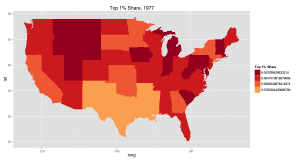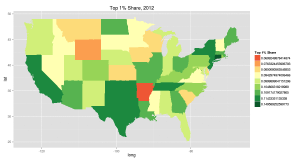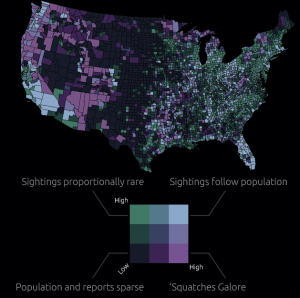Cough, choke, history
If the PubMed research database is still surviving the US government shutdown, you can read a paper published 63 years ago today on lung cancer
In England and Wales the phenomenal increase in the
number of deaths attributed to cancer of the lung provides
one of the most striking changes in the pattern of
mortality recorded by the Registrar-General. For example,
in the quarter of a century between 1922 and 1947 the
annual number of deaths recorded increased from 612 to
9,287, or roughly fifteenfold. This remarkable increase is,
of course, out of all proportion to the increase of population
Some people were arguing that the increase was just due to better diagnosis of lung cancer, and even those who believed in a real increase weren’t sure of the reason
Two main causes have from time to time been put forward:
(1) a general atmospheric pollution from the exhaust
fumes of cars, from the surface dust of tarred roads, and
from gas-works, industrial plants, and coal fires; and
(2) the smoking of tobacco.
Richard Doll and Austin Bradford Hill decided to compare histories of smoking in lung cancer patients and those in hospital for other reasons. As you know, they found that the lung cancer patients were much more likely to be heavy smokers. It’s also interesting to read what other possibilities they considered, and how they tried to rule them out.
This sort of study isn’t completely definitive, and, famously, the eminent statistician and geneticist (and heavy smoker) R. A. Fisher was never convinced. He thought that genetic factors might well be responsible. Further evidence was provided by experiments in animals (such the ‘smoking beagles‘ of Duke University) showed that smoking really could cause cancer. Also, much more recently, studies of twins and studies that actually measured genotypes showed that genetic differences weren’t a big enough contributor to lung cancer to explain the correlation.
In contrast to, say, alcohol or opium, tobacco has been a public health problem only for about a century: tobacco smoking became very widespread in men during the first world war. With a bit of effort and some luck, future generations might see it as an inexplicable historical anomaly, like a deadly version of canasta.



